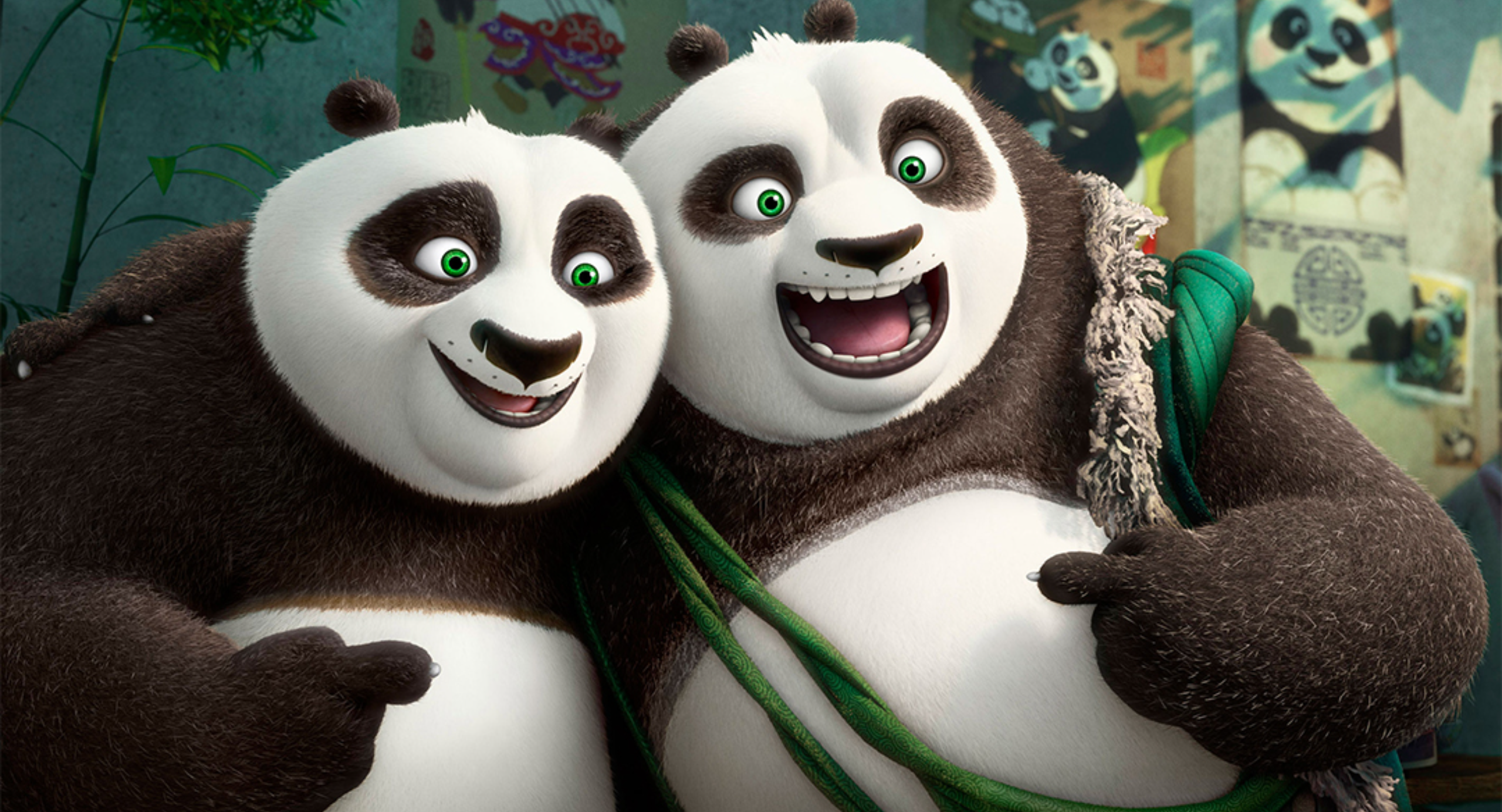Kung Fu Panda 3 – Film Review
Published March 7, 2024

In 2016, the much-anticipated third installment of the Kung Fu Panda franchise, aptly titled Kung Fu Panda 3, arrived in theaters, blending comedy, action, and heartfelt moments into a beautifully animated package. Directed by Jennifer Yuh Nelson and Alessandro Carloni, this sequel managed not only to uphold the charm and vitality of its predecessors but also to inject fresh energy into the series, further solidifying Po’s place in the hearts of audiences worldwide. This review will delve into the numerous aspects that make Kung Fu Panda 3 a memorable and enriching experience, marking it as a commendable continuation of an already beloved saga.
The narrative of Kung Fu Panda 3 takes a deeper dive into Po’s personal journey, intertwining his quest for identity with the larger conflict at hand. This time, Po, voiced with enduring enthusiasm and depth by Jack Black, faces a supernatural threat from Kai (J.K. Simmons), a power-hungry spirit warrior seeking to conquer the mortal and spiritual realms alike. Simultaneously, Po encounters another pivotal life event: the reunion with his biological father, Li Shan (Bryan Cranston), which brings him to a hidden panda village and prompts a self-discovery and community-building expedition. This plot adeptly blends high stakes with personal growth, driving home themes of family, belonging, and the realization of one’s potential.
What truly elevates Kung Fu Panda 3 above its contemporaries in the animated feature space is its stunning visual aesthetic. DreamWorks Animation once again proves its prowess in crafting a visually delightful experience, employing a rich palette and intricate designs that pay homage to traditional Chinese art and culture. The action sequences, a cornerstone of the franchise, are elevated through imaginative choreography and the innovative use of CGI to create set pieces that are as breathtaking as they are exhilarating. Particularly noteworthy is the seamless blend of traditional 2D animation sequences, which evoke classic martial arts cinema’s poetic elegance, making the film a tribute to the genre as well as an entry point for younger viewers.
Another aspect where Kung Fu Panda 3 shines is in its character development. Po’s evolution from an awkward noodle shop waiter to the Dragon Warrior was already an engaging arc in the previous films, but this sequel takes it further by challenging Po with the task of becoming a teacher himself. This role reversal provides fresh narrative ground, allowing for moments of humor and vulnerability that enrich Po’s character. The dynamic between Po and Li Shan, coupled with the looming presence of his adoptive father, Mr. Ping (James Hong), explores themes of family and identity with a light touch, never losing sight of the film’s broader comedic and adventurous tone.
The voice cast’s performances are top-notch, with returning stars Angelina Jolie, Dustin Hoffman, Seth Rogen, Lucy Liu, David Cross, and Jackie Chan bringing depth and vibrancy to their roles. Bryan Cranston’s addition as Li Shan is a standout, infusing the character with warmth and a jovial spirit that perfectly complements Black’s portrayal of Po. J.K. Simmons as the villainous Kai brings a menacing yet charismatic energy, serving as a worthy adversary whose motivations, while not deeply explored, are clear and impactful on the narrative.
However, Kung Fu Panda 3 is not without its minor drawbacks. The villain’s arc, although effective, treads familiar ground and at times feels like it lacks the complexity of the personal journeys experienced by the protagonists. Additionally, some might find the film leans too heavily into its comedic elements, occasionally at the expense of building tension in the storyline.
Musically, Hans Zimmer returns to score the film, weaving traditional Chinese instruments into his compositions to create a score that is both evocative and exhilarating. This musical backdrop enhances both the emotional and action sequences, elevating the overall experience and immersing the audience in the film’s richly detailed world.
Kung Fu Panda 3 concludes with a satisfying resolution that feels earned, thanks to its well-developed plot and character arcs. The message of self-belief and the strength found in unity resonate deeply, providing both children and adults valuable lessons cloaked in the film’s entertainment.
Kung Fu Panda 3 stands as a vibrant, engaging, and fitting continuation of Po’s journey. It balances humor, heart, and action to deliver a message that is both universal and deeply personal. Despite its few shortcomings, it is a testament to the creative team’s vision and the enduring appeal of its characters and world. As such, it solidifies its place not only as a worthy sequel but as a standalone achievement in animated filmmaking.
